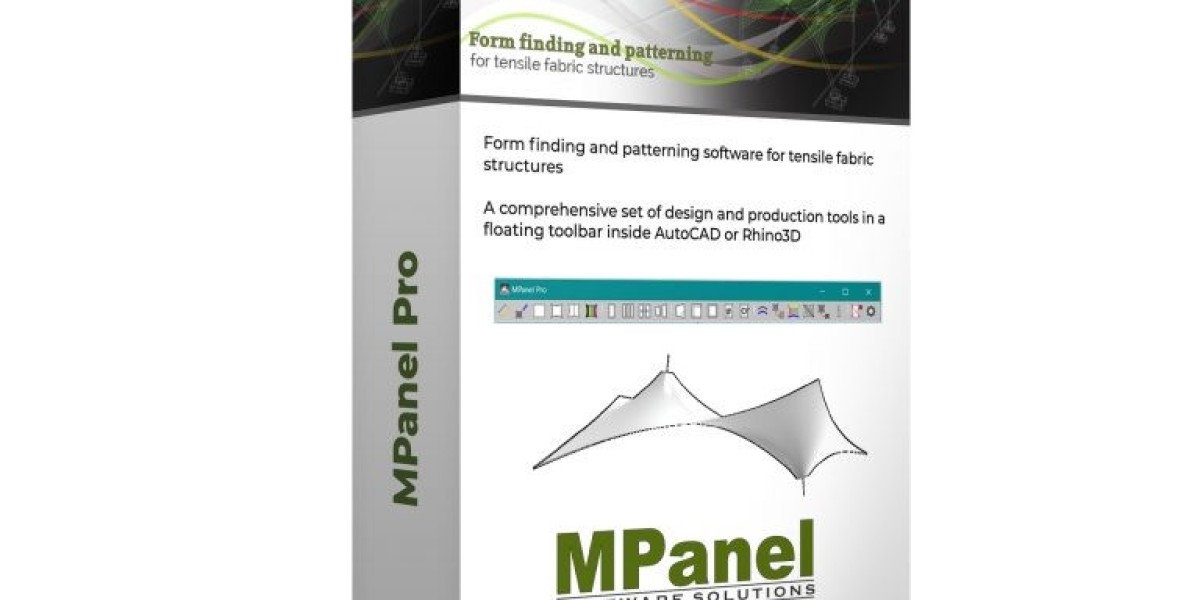This change overcomes any barrier between advanced plans and actual creation, empowering organizations to proficiently interpret complex virtual plans into unmistakable items. In this investigation, we'll dive into the primary parts of software utilized for this design, its applications across various areas, and the meaning of this innovation in present-day ventures.
Grasping 3D to 2D Change Software
1. Algorithmic Processing
- Software for changing 3D models into 2D samples typically utilizes complex calculations. These calculations investigate the math, surfaces, and construction of the 3D model to produce precise 2D examples.
- High-level numerical procedures, for example, network handling, surface unfurling, and streamlining calculations assume an urgent part in this change cycle.
2. User Connection point (UI)
- An easy-to-use connection point is fundamental for planners and producers to successfully communicate with the product. Natural instruments and controls empower clients to control and alter the change cycle of 3d model to 2d pattern transformation as indicated by their particular necessities.
- Highlights like intuitive usefulness, ongoing sneak peeks, and intelligent altering instruments upgrade the user-friendliness of the product, working with consistent work process reconciliation.
3. Precision and Accuracy
- One of the essential goals of the 3d to 2d flattening software is to guarantee accuracy and precision in the design age. Indeed, even minor disparities in the transformation cycle can bring about defective models or items.
- Software designers center around refining calculations and executing quality control measures to limit mistakes and disparities, in this way upgrading the dependability of the produced designs.
4. Customization and Flexibility
- Organizations frequently redo designs custom-fitted to their particular plan inclinations, estimating the prerequisites, and creation imperatives.
- The product ought to offer professional customization and adaptability, permitting clients to change boundaries, and plans, and integrate exceptional components flawlessly.
Applications Across Enterprises
1. Fashion and Apparel
- In the design business, 3D to 2D change software is critical in making designs for clothing, frills, and footwear. Fashioners utilize these devices to interpret perplexing 3D plans into level examples that act as layouts for cutting texture and gathering articles of clothing.
- By smoothing out the example-making process, this product empowers style brands to speed up plan cycles, lessen creation costs, and maintain consistency across product offerings.
2. Textiles and Fabrics
- Material makers influence software to produce designs for different textures, including woven, woven, and printed materials. These examples act as outlines for winding around, weaving, coloring, and printing processes.
- The product's capacity to advance texture usage and limit wastage is vital in the material business, where proficiency and cost-viability are foremost.
3. Interior Plan and Architecture
- Planners and inside originators use 3d to 2d flattening software to make floor plans, rise drawings, and development records. By changing 3D structural models into 2D portrayals, experts can impart plan ideas actually and work with the development interaction.
- This product likewise works with the age of exact estimations, material assessments, and get-together guidelines, guaranteeing precision and consistency in development projects.
4. Manufacturing and Prototyping
- In assembling businesses, for example, cars, aviation, and modern hardware, 3D to 2D change software is instrumental in prototyping, tooling, and creation arranging.
- Makers utilize these instruments to change over 3D computer-aided design models of parts and congregations into 2D layouts for machining, sheet metal creation, and trim cycles. This empowers them to imagine plans, approve resilience, and improve fabricating processes before creation starts.
Importance in Current Ventures
1. Streamlined Workflow
- Via mechanizing concerning the transformation, software arrangements smooth out the plan-to-creation work process, lessening manual exertion and limiting the chance to showcase.
- This effectiveness gain is especially profitable in enterprises described by speedy advancement and cutthroat tensions.
2. Cost Reduction
- The software assists organizations with advancing asset usage, limiting material wastage, alleviating the gamble of blunders, and improving.
- By improving creation cycles and diminishing the above costs related to manual example-making, organizations can accomplish huge expense reserve funds over the long haul.
3. Enhanced Imagination and Innovation
- The availability of cutting-edge software instruments enables planners and specialists to investigate new plan ideas, explore different avenues regarding eccentric shapes, and push the limits of imagination.
- By wiping out the imperatives of conventional example-making procedures, organizations can enhance unreservedly and separate their items in the commercial center.
4. Global Collaboration
- With the ascent of computerized cooperation stages and cloud-based software arrangements, groups can team up consistently on 3D plans and example-making projects, paying little heed to the geological area.
- This empowers organizations to take advantage of a worldwide ability pool, influence different skills, and speed up development through cooperative collaboration.
Wrapping Up
Its applications range across various areas, empowering organizations to smooth out work processes, diminish costs, encourage inventiveness, and team up globally. As innovation keeps on advancing, the meaning of software in modern enterprises is ready to develop, driving advancement and effectiveness across the whole plan-to-creation lifecycle.







